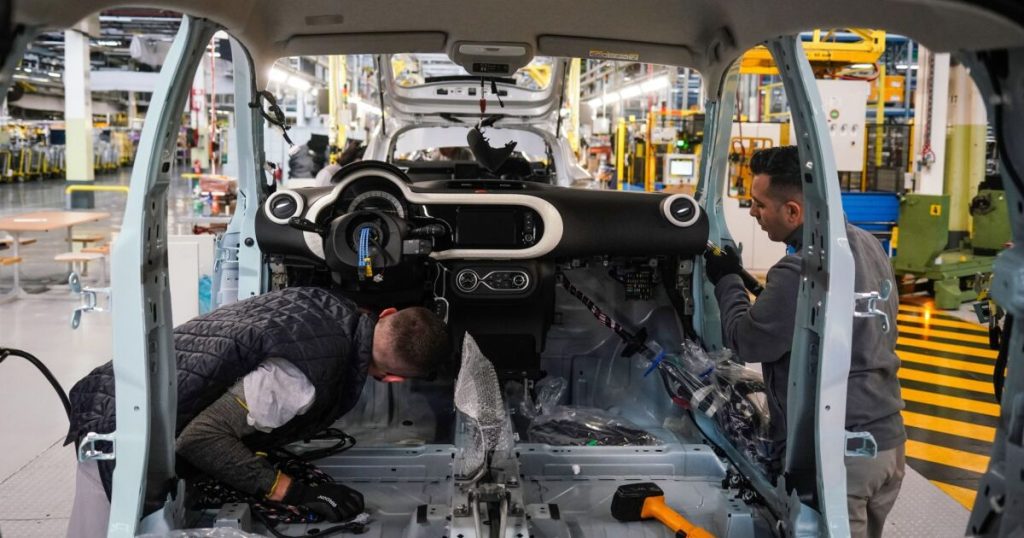How auto insurers can use UBI to connect with digitally-savvy drivers

The autonomous driving revolution; COVID-spurred shifts in commuter patterns; growing awareness of the auto industry’s environmental impact – all of these factors are driving new behaviors in both the automotive sector and amongst drivers themselves.
Naturally, auto insurance has had to shift gears in turn.
The car insurance sector must now achieve a delicate balance between catering to customers’ evolving expectations and keeping pace with a new generation of digital-savvy drivers.
To address these ever-evolving issues, existing technology and pricing models must be leveraged and modified with the long-term future of auto insurance in mind.
The need for UBI
One rapidly growing approach in auto insurance is usage-based insurance, a policy that allows insurers to personalize engagement solutions and expand a customer base.
In traditional insurance structures, policy profiles are based on how much risk the policyholder poses.
UBI differs from fixed assessment frameworks in a critical way: UBI premium calculations also account for risk, but they synthesize risk levels with the number of miles driven by a user. Drivers who drive less will automatically be charged a lower premium than they would have otherwise since they are statistically less likely to get into an accident and make a claim. This allows insurers to accurately charge drivers who spend above average time behind the wheel, while those who drive less are spared from paying extra for idle hours.
The UBI proposition has taken on new life as inflation continues to drive up the cost of auto insurance and consumers go to greater lengths to find cheaper options. And as winter approaches and consumers seek to mitigate higher energy bills, UBI is already growing in popularity as a means to save – 1 in 5 of the cheapest car insurance quotes are from insurers that use telematics.
In the U.K., UBI has successfully transformed the young-driver market, not only by making motor insurance more affordable (often over half the standard price), but by providing statistical evidence that the serious injury rate resulting from collisions has fallen by over a third for this age demographic.
How does UBI work?
UBI relies on the use of telematics – integrated sensors that relay data from the road to insurers, allowing them to create policies tailored to specific cars or drivers. Similar tools have been implemented in the past to record driver behavior using a device called a black box, which was physically installed in the car.
These applications pave the way towards a seamless transition to UBI plans, as they no longer require installing special devices – which in turn drives down the cost of driver data acquisitions from hardware, dongles, smartphones and direct from vehicle. The rise of such tools has been simultaneous with the insurance industry’s recent migration towards personalized customer experience. Embracing telematics as a means of offering personalized premiums based on a person’s car usage, driving skills, and average traveling range is a step in the right direction.
Similar to the pandemic-triggered growth in mileage-based programs, the current economic crisis will likely push insurers to take an active role in reducing costs for consumers, which we can expect to increase the use and implementation of telematics in the auto insurance value chain. Accordingly, current estimates predict an expected YoY growth of 17.92% in the use of telematics, with the vast majority of insurers in the U.S., U.K., and Germany in particular, deploying telematics-based products.
Benefits of UBI
With strategic implementation, UBI models stand to cut costs for both insurers and the insured. Insurers gain rate-able data, customer self-selection, new pricing insights, and improved process flow, which in turn results in consumer benefits – from seamless claims processes to lower costs of motor insurance.
Because UBI premiums are calculated based on risk as well as usage rates, a reward structure is intrinsic within each policy. Insurers have always tried to reinforce positive behavior behind the wheel – rewarding safe driving with decreased premiums and raising rates for reckless drivers. UBI can take this practice a step further. Safety incentives can be calculated and administered far more accurately, as safe driver designations are not only based on the number of past claims or incidents, but also on variables such as time behind the wheel, prevailing road and weather conditions in a driver’s area, degree of driver responsibility in any given accident, and other parameters based on telematics data.
Such incentives result in fewer accidents, fewer claims, and most importantly safer roads. That’s why, market wide, we are seeing the growth of telematics-first insurance for MGA’s and brokers alike.
Finally, offering UBI plans is a powerful selling proposition that can help carriers cultivate more customers, boosting both acquisition and retention. UBI plans tend to be cheaper than traditional policies, so users will be more likely to choose them, especially when they are not using their cars on a regular basis – as is the case for many vehicle owners.
The future of UBI
Price pressure is an inevitable short-term byproduct of UBI, which could impact renewal rate for certain insurers as consumers seek more affordable options.
As UBI becomes more ubiquitous and consumers become more comfortable using an application to check their score, prices, and additional services, we will see a change in behavior around customer services and engagement. Imagine the power of having a consumer interact with your brand on a daily basis – and having the ability to educate users, re-enforce a safety and cost message and provide additional services.
The long-term impact will be an ongoing battle among auto manufacturers. These manufacturers have lately invested billions in in-car communication and technology, yet they are struggling to glean profitable returns – the intended media or connectivity service subscriptions have not worked as expected. Fortunately, the natural next place to utilize these integrations is within high-value services such as insurance.
We at Sapiens predict that, in the next five years, 100% of new cars will come with UBI-compatible connectivity, leveraging data to enrich the insurance options for the consumers, directly at the point of purchase. McKinsey Center for Future Mobility expects connected cars to account for 90% of new U.S. vehicle sales by 2025.
The global UBI market is expected to grow from $43.31 billion in 2021 to $132.02 billion in 2026. If these trends continue, UBI could play a crucial role in the future auto industry. Auto insurers in it for the long haul would do well to explore how UBI can turbocharge their policy offerings, and must start by asking the following questions: Where and how do they play a role in the rise of UBI? Is this incoming reality – an OEM dominated motor insurance market – just around the corner or some way off in the distance? What are they doing to prepare for this reality?






